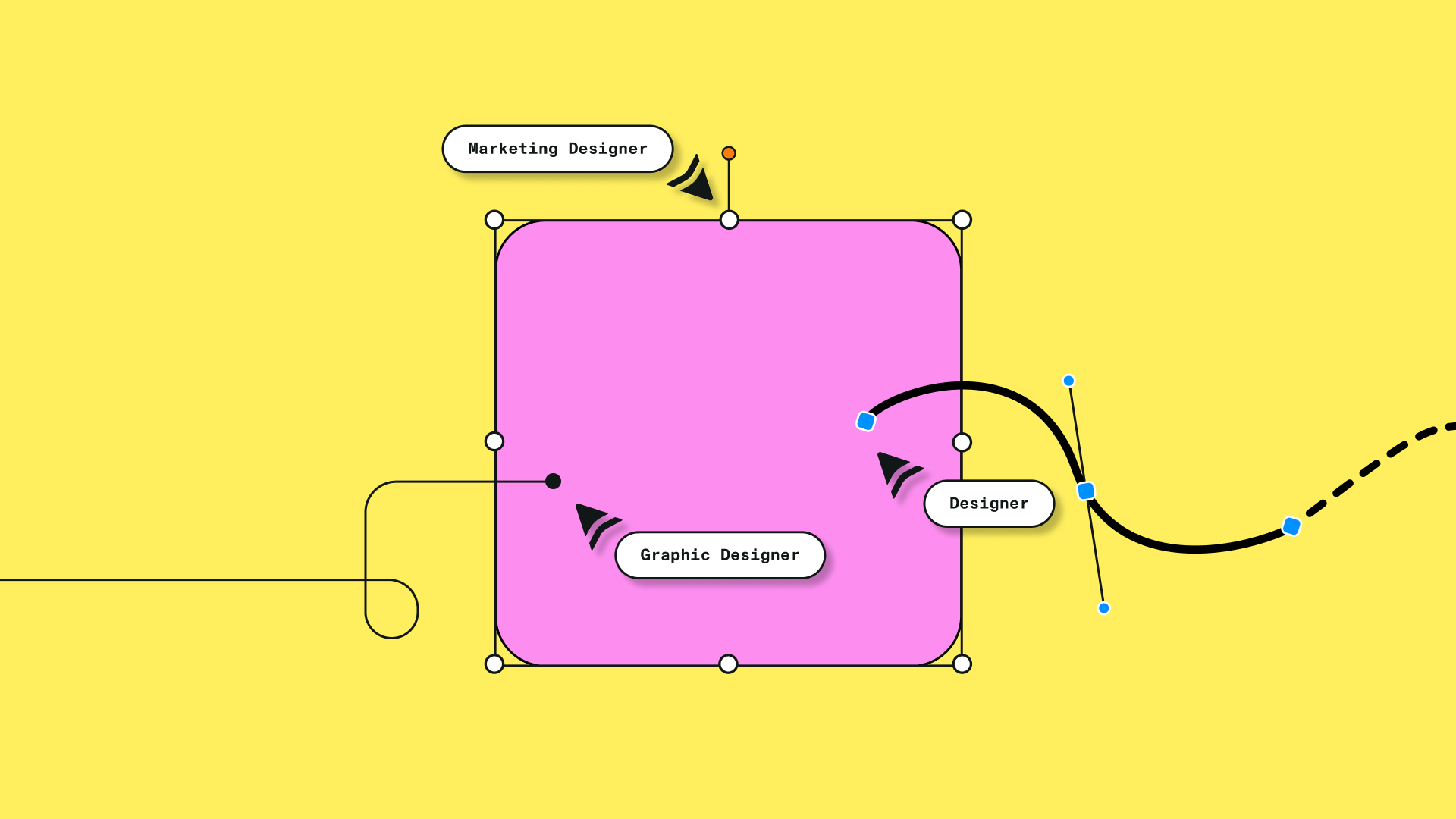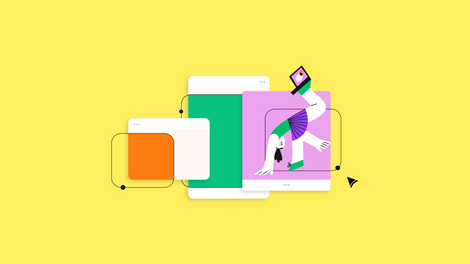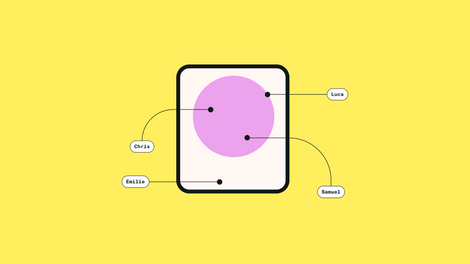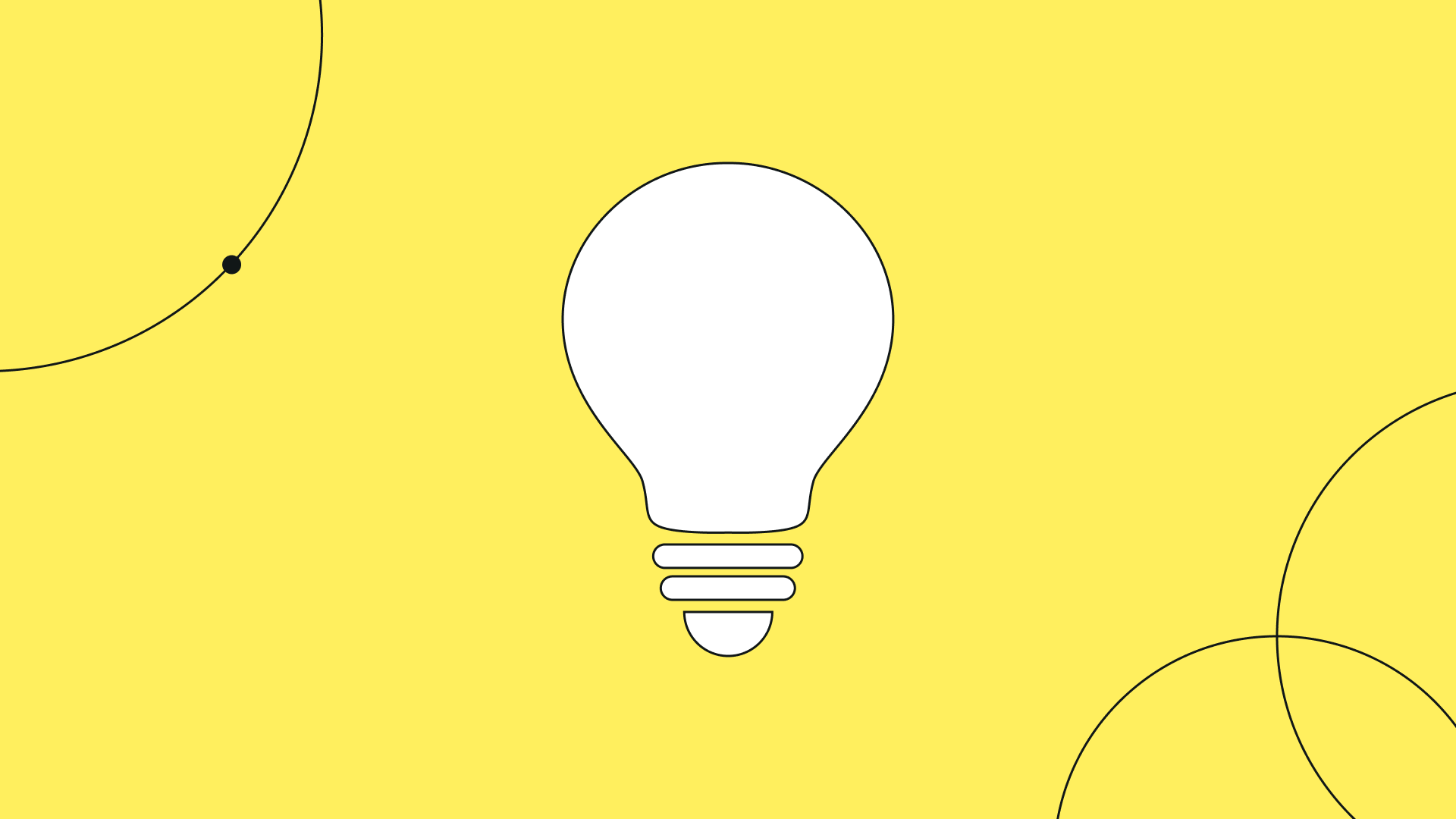The relationship between strategy, productivity, and design is rarely discussed. However, with the rapid evolution of marketing design, it's imperative that creativity meets strategic vision. Achieving this goal on a long-term basis requires a high level of productivity. This is where the concept of a design sprint, first championed by Google Ventures and famously advocated by Jake Knapp, a seasoned product manager, comes into play.
Design teams are tasked with crafting innovative and visually captivating solutions, but the journey toward these long-term objectives can often be challenging. Enter the design sprint, a structured, time-efficient framework designed to streamline the innovation process. It not only nurtures creativity but also fosters collaboration within design teams, allowing them to channel their collective energy toward achieving long-term goals and results.
In a world where innovation must be swift and inventive, design sprints serve as a catalyst, propelling design teams toward their long-term objectives. This approach encourages rapid ideation, prototyping, and testing, ensuring that the final design aligns perfectly with the project's goals. In this exploration, we'll delve into what precisely a design sprint entails and why it's a game-changer for design teams aiming to reach their most creative goals.
What does the design sprint process entail?
A design sprint is a highly structured process used to tackle critical business questions through design and accelerate the development of a finished product or a realistic prototype.
This five-day process is a dynamic and collaborative approach that brings cross-functional teams together to solve complex problems and generate creative solutions.
Let's take a look at how a typical sprint is structured:
The design sprint process
Day 1: Understand
The sprint begins by diving deep into the challenge at hand, examining data and insights, and defining the problem statement. This step ensures that all team members have a clear and shared understanding of the design challenge at hand.
Day 2: Ideate
Day two is all about brainstorming and ideation. Team members generate a multitude of ideas, exploring different angles and potential solutions without judgment. This fosters a climate of creativity and openness.
Day 3: Decide
After generating a plethora of ideas, the team narrows them down to the most promising ones. This selection process is critical in shaping the direction of the sprint.
Day 4: Prototype
With a clear idea in mind, the team rapidly creates a prototype. This can be a tangible product or a digital representation, depending on the context. The key is to create something realistic enough for testing.
Day 5: Test
On the final day, prototypes, as well as testing ideas with customers and real users, provide valuable feedback and insights. This user-centric approach ensures that the final product or solution aligns with user needs and expectations.
Why are design sprints important?
Design sprints are a vital tool in the realm of product development with design teams, serving several critical purposes.
They are especially essential when time is of the essence, and they can benefit companies and teams across various industries by fostering cross-functional collaboration and prioritizing practical, user-centered solutions over mere aesthetics.
Let's take a look at a deeper look at four key reasons why this design productivity strategy is important.
Increased innovation
Sprints exist to expedite innovation. The current business landscape is extremely fast-paced, so staying ahead of the curve is paramount. Sprints condense the innovation process, allowing companies to move swiftly from one big idea to the next.
Accelerated turnaround time
Design Sprints are needed when speed is of the essence. They are the go-to approach for situations demanding quick responses, be it adapting to market shifts, addressing competitive challenges, or capitalizing on fleeting opportunities.
Cross-functional collaboration
Sprints are not confined to specific company types or teams; they are adaptable and beneficial across various industries. They shine when diverse talents collaborate, blending the skills of designers, developers, marketers, and more. This cross-functional synergy fosters well-rounded solutions.
Improved user-centricity
Successful design sprints prioritize thinking over artistry. While aesthetics are crucial, the primary focus is on addressing real-world problems effectively. The emphasis on user-centric solutions ensures that the end product aligns with customers' actual needs and expectations.
What are the different types of design sprints?
Since its invention by Jake Knapp at Google Ventures, design sprints have evolved into a versatile framework with different variations tailored to specific needs.
Whether you're seeking to build cross-functional collaboration, incorporate storytelling, or embrace remote work, there's a design sprint variant suited to your needs, all aimed at enhancing the design process and generating innovative solutions.
Here are a few notable types:
Traditional design sprint
The classic Design Sprint, conducted over a sprint week of five days, follows a structured four-step process: planning,(understand, ideate), execution (prototype), review (decide), and retrospective (test). It's a comprehensive approach that prioritizes cross-functional collaboration, encouraging diverse teams to work together cohesively. This sprint method is ideal for tackling a wide range of challenges and fostering critical thinking throughout the design process.
Story-centered design sprint
Braden Kowitz introduced the story-centered design sprint, which places a strong emphasis on narrative. Here, the process revolves around crafting compelling stories that resonate with users versus placing emphasis on the product. By weaving stories into the design process, teams can better understand user needs, motivations, and pain points. This approach adds a human-centric dimension to the sprint, resulting in solutions that not only function well but also engage and delight users.
Design thinking sprints
Design thinking sprints are deeply rooted in the principles of human-centered design. They encourage empathy, experimentation, and iterative problem-solving. These sprints often comprise multiple phases, including empathizing with users, defining problems, ideating solutions, prototyping, and testing. Design thinking sprints are particularly effective for complex, user-centric projects that require a holistic understanding of user needs.
Remote design sprints
In a highly digital world, remote design sprints have gained popularity. These sprints leverage virtual collaboration tools to facilitate cross-functional teams working together, even when geographically dispersed. While the basic four-step process remains intact, remote design sprints require effective online communication and collaboration strategies to ensure success.
Lightning decision jam (LDJ)
Lightning decision jams are a condensed version of typical design sprints, lasting just a few hours. As the name suggests, this type of sprint is perfect for speeding up a team's critical decisions or generating ideas on the fly. LDJs are highly structured and prioritize efficiency. While this kind of sprint doesn't replace full-length design sprints, it remains a valuable addition to any successful design team's productivity artillery.
What makes a successful sprint?
Design sprints are powerful tools, but their success hinges on careful planning and execution. Here are five essential tips to ensure your design sprints yield the best results:
1. Define your primary goal:
Are you aiming to revamp a current product, explore new business ideas, or create a testable prototype for a digital product? By clarifying your objectives, you'll provide your team with a clear target, keeping everyone aligned throughout the sprint process.
If the primary goal is to improve an existing product, your sprint focus might be on enhancing its user experience design (UX) and addressing pain points identified through user feedback.
2. Craft a game plan:
A well-structured game plan is the backbone of a successful design sprint. Define the scope, objectives, and participants' responsibilities. Lay out a timeline, allocating specific tasks to team members. Consider scheduling sprint days over one or two weeks, depending on the business needs, to ensure a productive sprint.
3. Tackle complex projects step by step:
When dealing with complex products or multifaceted challenges, it's essential to break them down into manageable components. Address one aspect at a time to maintain clarity and avoid overwhelm. Prioritize the most critical elements for the design sprint, addressing the rest in subsequent sprints if needed.
4. Prepare to pivot from processing questions to prototyping:
Design sprints thrive on rapidly turning ideas into tangible prototypes. It's easy to get stuck in the ideation phase, endlessly processing questions. However, remember that the primary goal is to create something tangible. Make sure that your design team is prepared to pivot from ideation to prototyping swiftly, even if they haven't explored every question exhaustively.
5. Resource commitment:
Design sprints are resource-intensive endeavors. Ensure your organization is ready to commit the essential resources, including team members' time and access to tools such as Linearity Curve. Sprints demand focused attention, and it's vital that your team can allocate the time required without distractions. Additionally, having the right tools and materials readily available, such as design software or user testing facilities, is crucial for a seamless sprint.
Mastering design sprints
Design sprints offer a structured approach to solving complex design problems and fostering innovation. They are driven by clear objectives, cross-functional collaboration, and rapid prototyping. To ensure a successful design sprint, define your primary goal, craft a game plan, tackle complexity step by step, pivot from questions to prototyping swiftly, and commit the necessary resources.
Before embarking on a Design Sprint journey, it's crucial to prepare your organization by framing problem statements, allocating resources, securing leadership support, embracing change, and fostering a culture of learning and adaptation.
Design Sprints are a powerful tool for accelerating product development and problem-solving, saving time, and promoting user-centric design.
To delve deeper into the world of design workflows, explore our resources on the Linearity blog, where you'll find more practical tips. Unlock your design team's potential and transform the way they approach design and innovation with Linearity Curve. Our intuitive software boosts productivity by 4X.
Jumpstart
your ideas with
Linearity Curve
Take your designs to the next level.


Share this!
Tracey Che King
Tracey is a Content Writer for Linearity in Berlin. Her hobbies include content creation, painting, fashion, and food.

:quality(75))
:quality(75))
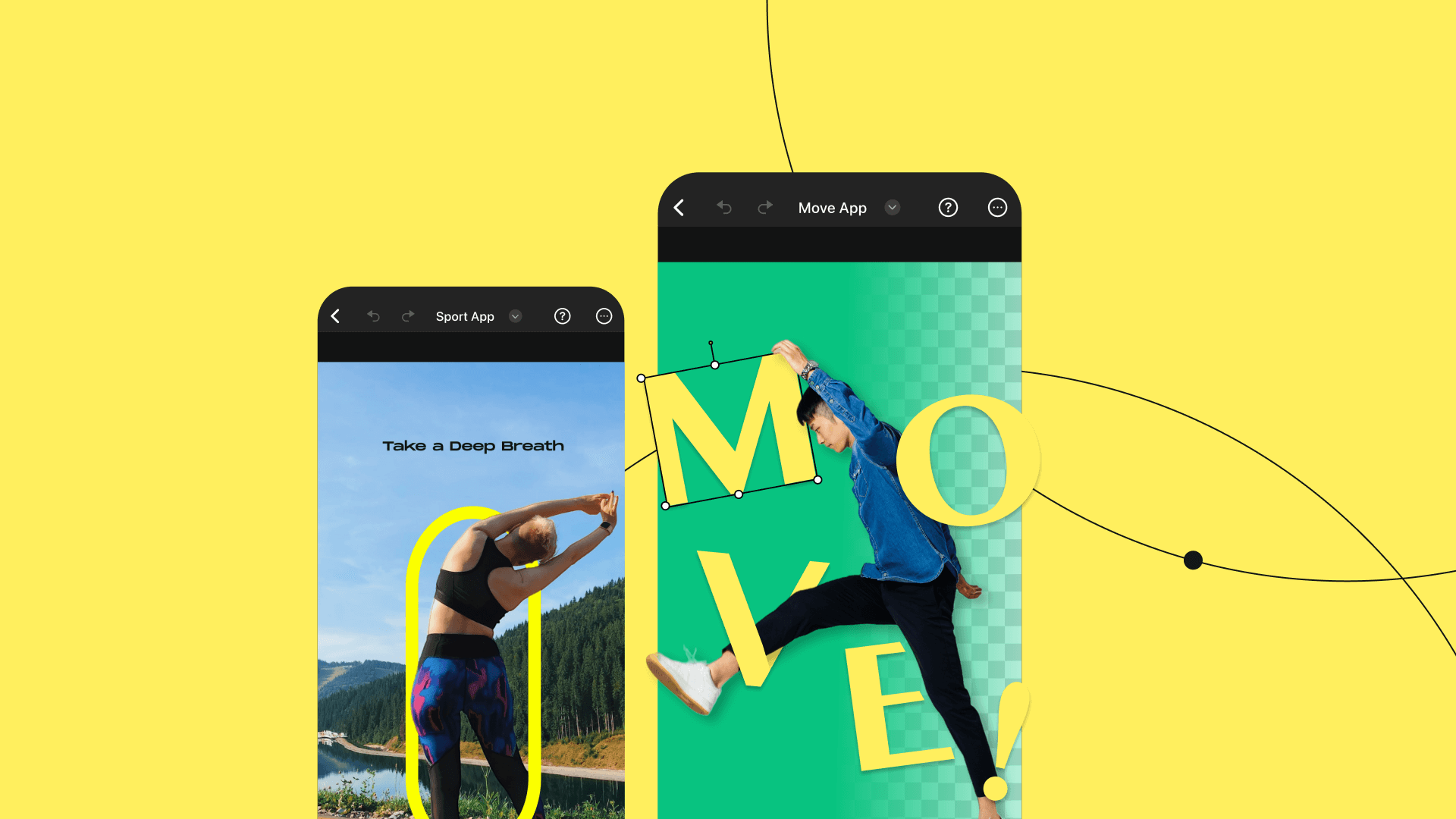
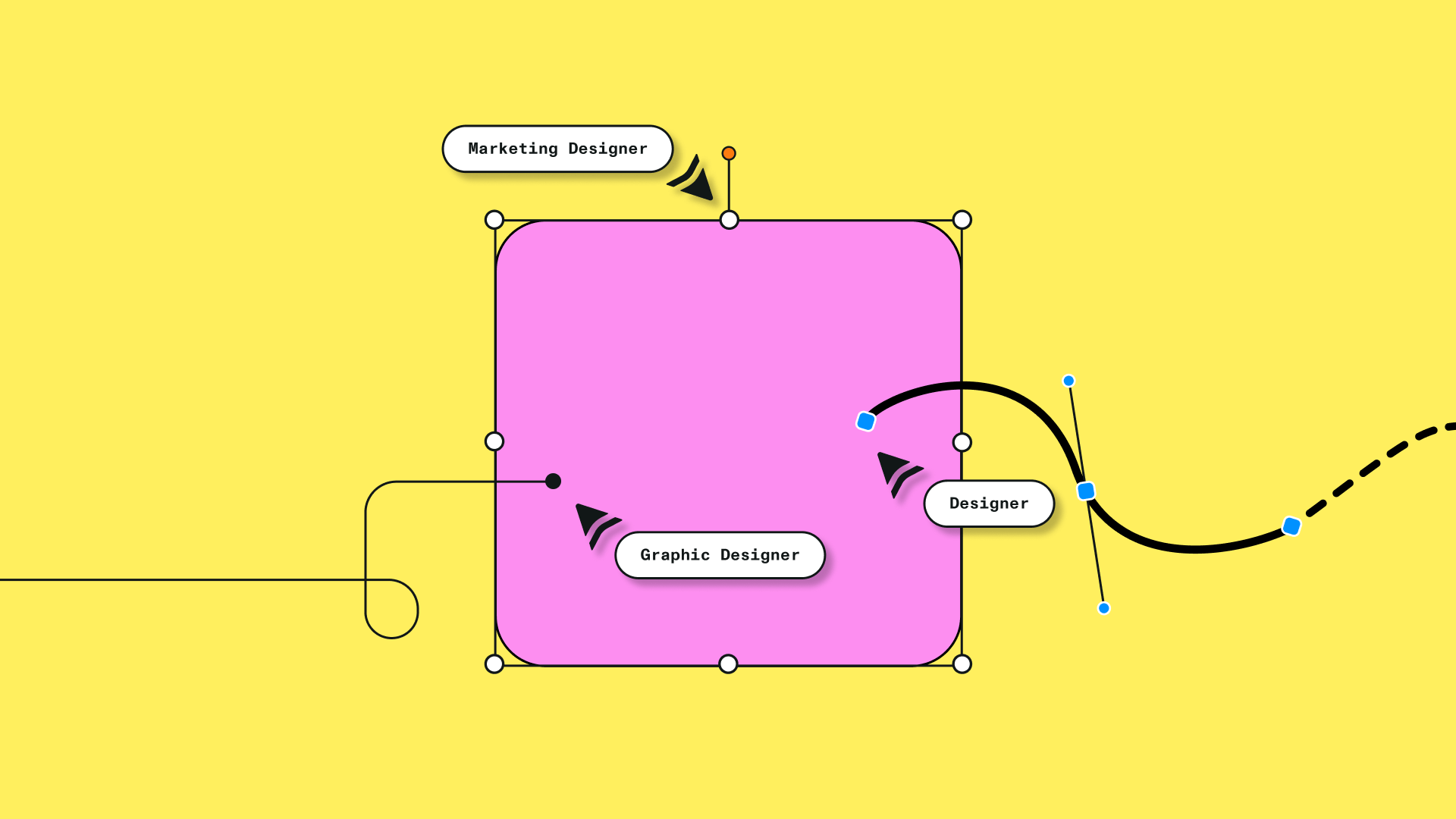

:quality(75))
